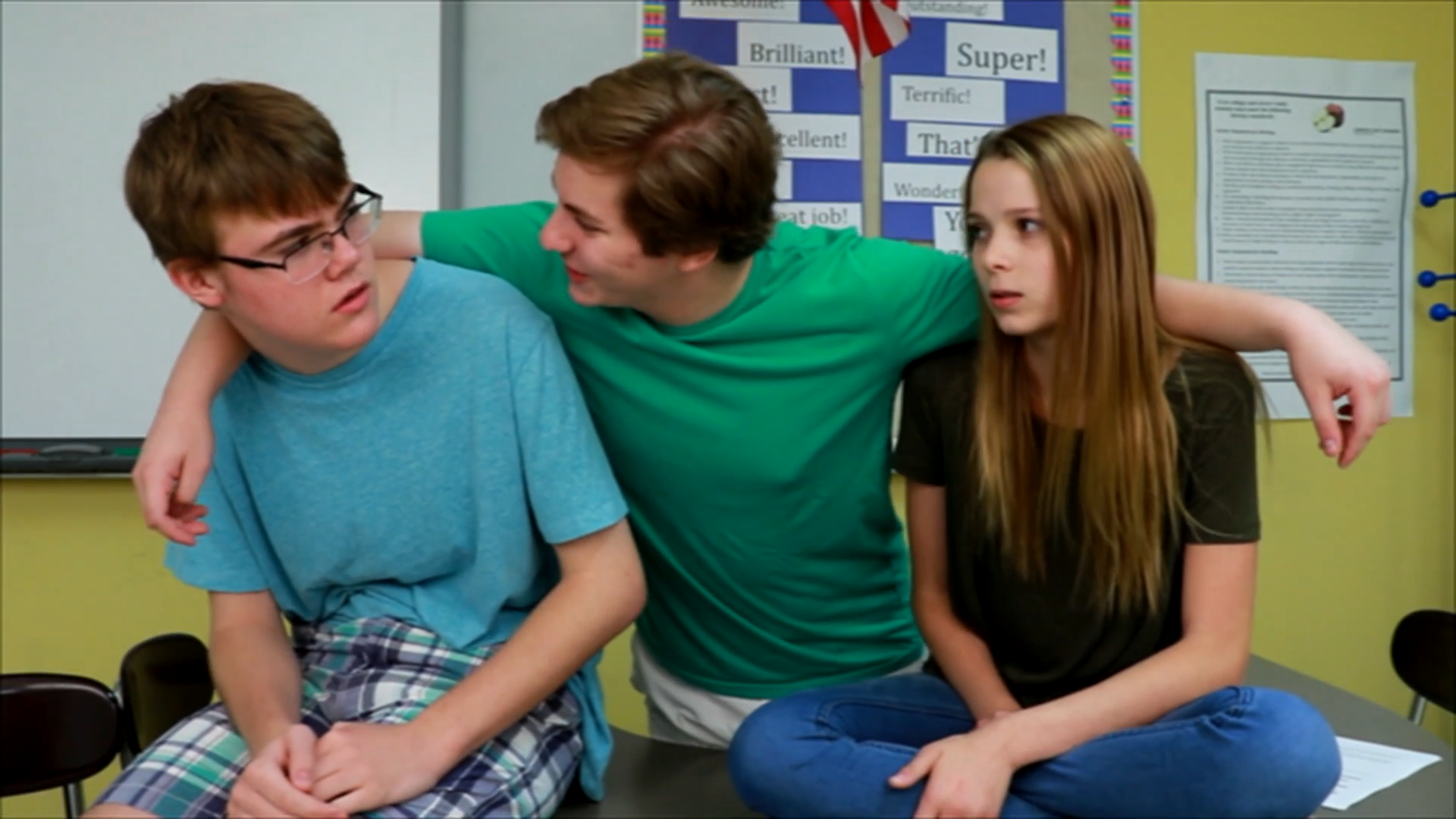
Teasing is a common experience for everyone at some point in their lives. It can lead to feelings of sadness, anger, or frustration. However, there are effective strategies that can help students deal with teasing and develop resilience. This blog post will introduce an easy-to-implement, no-prep activity, discussion questions, related skills, and next steps for educators to help students handle teasing in a healthy way.
Introduction
Social-Emotional Learning (SEL) is a powerful tool for educators when it comes to teaching students how to handle teasing. By incorporating SEL principles, students can learn to use positive self-talk, express their feelings, and walk away from situations that make them feel upset. These strategies not only help students feel better, but also promote respectful behavior and emotional regulation.
No-Prep Activity
The “Teasing Role-Play” activity is a simple, no-prep exercise that can be done in the classroom. Here’s how it works:
- Divide students into small groups (3-4 students per group).
- Ask each group to come up with a brief scenario where teasing might occur (e.g., at recess, in the cafeteria, etc.).
- Assign roles within each group: one student will be the person being teased, another will be the teaser, and the remaining students will be observers.
- Have the students act out the scenario, incorporating the strategies mentioned earlier (positive self-talk, expressing feelings, and walking away).
- After each role-play, encourage the observers to provide feedback on how well the person being teased used the strategies.
This activity allows students to practice using the strategies in a safe environment and receive feedback from their peers, helping them build confidence and resilience in handling teasing situations.
Discussion Questions
After completing the “Teasing Role-Play” activity, use these discussion questions to stimulate further conversation and reflection:
- How did it feel to use the strategies in the role-play? Were they effective?
- Why is it important to express your feelings when someone is teasing you? How does this help?
- What are some other ways to handle teasing that were not discussed in the activity?
- How can we support our classmates who may be dealing with teasing?
- What can we do as a class or school community to prevent teasing and promote a positive environment?
Related Skills
Teaching students how to handle teasing is just one aspect of Social-Emotional Learning. Other related skills that can help students build resilience and emotional regulation include:
- Empathy: Understanding and sharing the feelings of others, which can help students better support their classmates.
- Conflict resolution: Learning how to resolve disagreements or misunderstandings in a respectful and constructive manner.
- Assertiveness: Developing the ability to express one’s feelings, opinions, and needs confidently and respectfully.
- Self-awareness: Recognizing and understanding one’s emotions, strengths, and areas for growth.
Next Steps
Ready to dive deeper into teaching students how to handle teasing and other important SEL skills? Sign up for free sample materials at Everyday Speech, where you’ll find a wealth of resources, including videos, games, and activities that can help you effectively integrate Social-Emotional Learning into your classroom.

